After the Chairman of the City People's Committee, Tran Van Lau, announced that he would give a "hot" reward of 50 million VND to people and officials who proposed effective flood prevention ideas, many initiatives were sent to the Department of Construction. Associate Professor, Dr. Le Anh Tuan, former Deputy Director of the Institute for Climate Change Research - Can Tho University, said that there are 3 causes of flooding in urban areas in the Mekong Delta.
“In the past, during flood season, flood water flowed to the Long Xuyen Quadrangle and Dong Thap Muoi areas and was stored there. But now, with the construction of dikes around these areas, the water has flooded the urban areas. In addition, due to the increasing amount of rainfall and the increasing frequency of the delta, the water has difficulty draining, causing flooding in many urban areas,” said Associate Professor, Dr. Le Anh Tuan.
Heavy rain caused flooding on Tran Hung Dao Street, Ninh Kieu Ward (Can Tho City). Illustrative photo.
According to the Department of Construction of Can Tho City, although the drainage system in the city has been invested according to the approved plan, it has not yet covered all of it; some canals and ditches have been encroached upon; the water intakes on some roads are designed and constructed to be small, not having enough cross-section to collect water in case of heavy rain, causing flooding.
Can Tho City has implemented the Can Tho City Development and Urban Resilience Project (Project 3) with a total capital of over VND 9,167 billion, of which over VND 5,695 billion is used from the World Bank's ODA loan. Project 3 aims to control flooding and environmental sanitation for the core urban areas of Ninh Kieu and Binh Thuy districts (old).
However, many people wonder that the Project has put many items into use but the city center is still flooded during heavy rains and high tides. A leader of the ODA Project Management Board of Can Tho City said that Project 3 has completed the flood prevention system and is operating effectively, including: 10km of embankment, 5km of dyke road, 10 tide-prevention sluices, 2 boat locks and 32 sewer lines in the inner city. This system is to enhance drainage along with the existing system.
The problem of localized flooding within the city when it rains also depends on factors such as encroachment on canals and ditches and littering by households along the canals and ditches, which obstruct natural drainage; dredging and sedimentation of the old system, which reduces drainage capacity.
Master Ky Quang Vinh, former Chief of Office of Climate Change Office of Can Tho City, commented: “The city has many solutions, but the flood prevention project uses old measurement data and invites experts from other places, so they cannot see the changes in hydrometeorological parameters of Can Tho. Calculations based on incorrect parameters make flood prevention projects ineffective.” Associate Professor, Dr. Le Anh Tuan suggested that if Can Tho wants to prevent flooding, there must be a comprehensive solution on a regional scale, because limiting initiatives to Can Tho is very risky and ineffective.
Recently, Chairman of Can Tho City People's Committee Tran Van Lau requested the People's Committees of key wards such as Ninh Kieu, Tan An, Cai Khe, An Binh, Binh Thuy to proactively coordinate to survey and assess the causes of flooding, propose solutions to reduce flooding at hot spots; strengthen the direction of maintenance, repair, dredging of sewers, ditches, canals, and drainage ditches in the ward. At the same time, it is necessary to increase investment in drainage systems in sync with traffic works to avoid local flooding, lack of connection and must strictly control connections from households, apply green infrastructure solutions and water-permeable design for public areas.
In addition, it is necessary to propagate and mobilize people to raise awareness of environmental hygiene, not to litter in water intakes and manholes in the area, and to regularly inspect, monitor and punish people according to regulations in performing acts that restrict flow, sediment, and encroach on canals and ditches.
Source: https://cand.com.vn/doi-song/can-tho-tim-giai-phap-chong-ngap-hieu-qua-i775423/


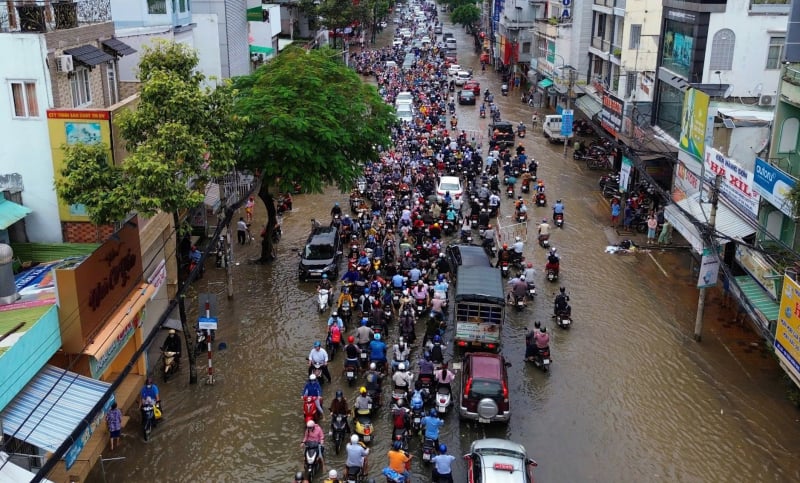
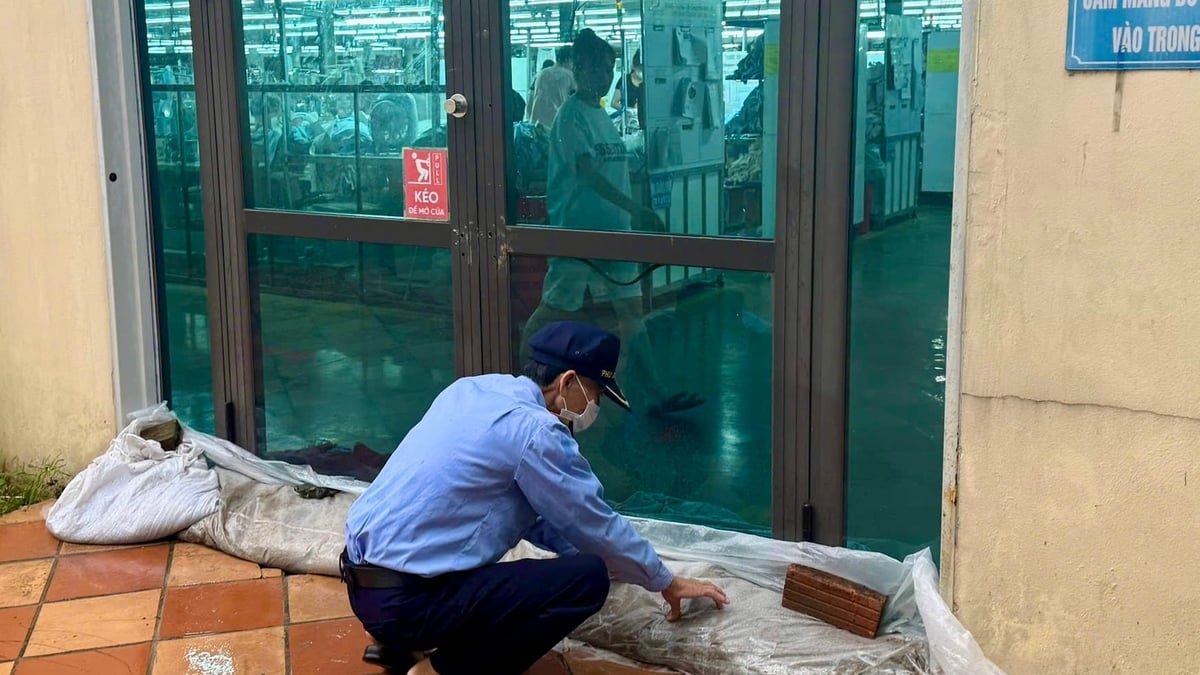

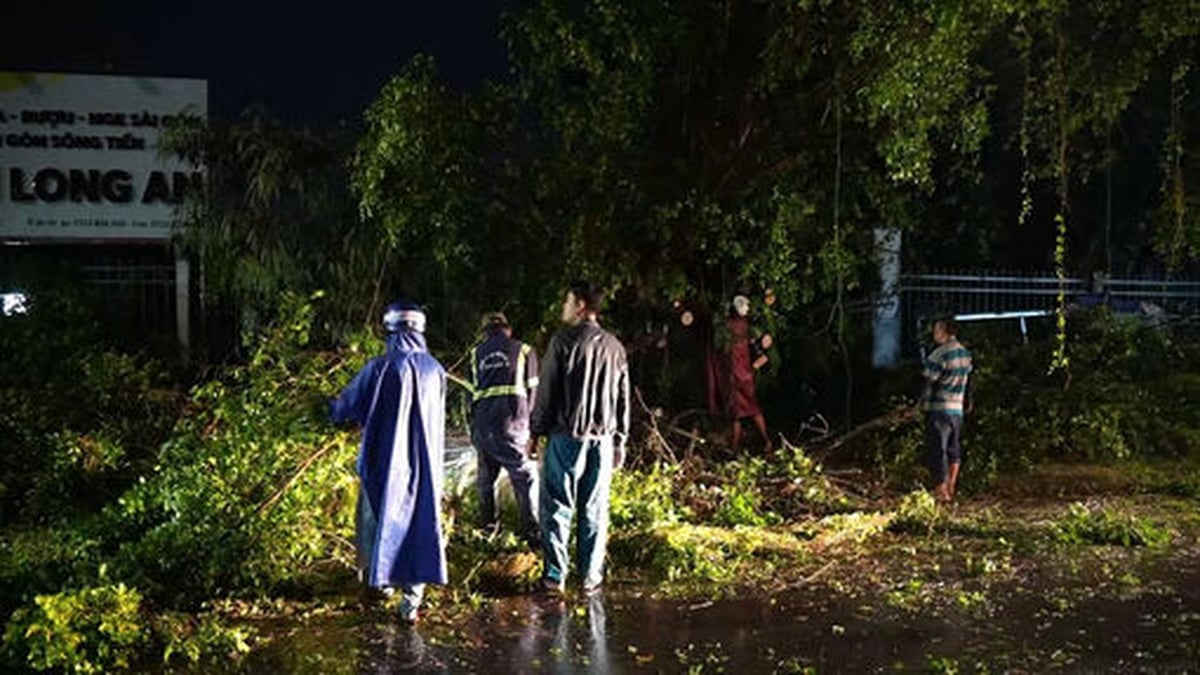




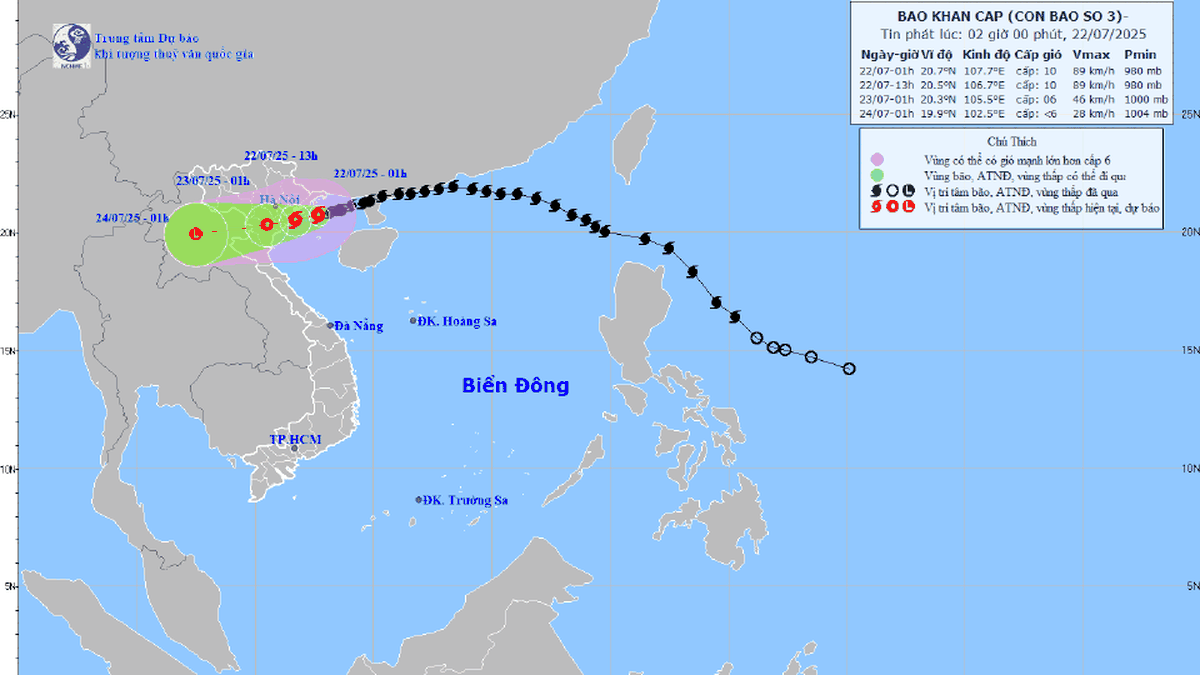

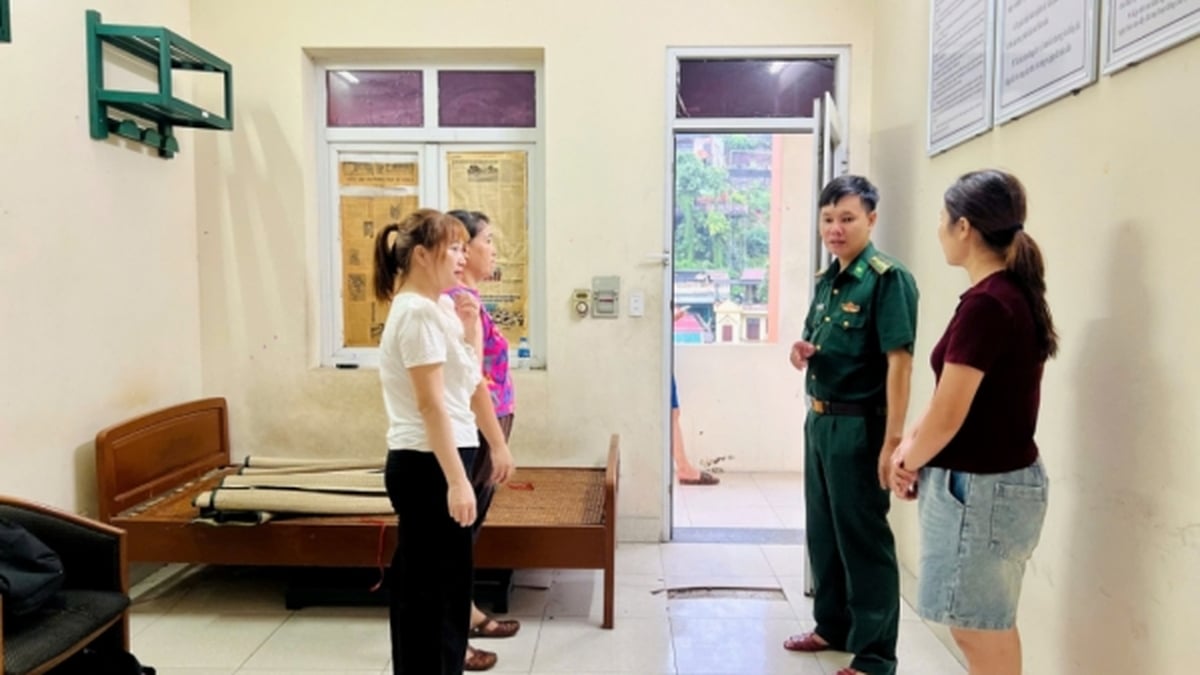















![[Photo] National Assembly Chairman Tran Thanh Man visits Vietnamese Heroic Mother Ta Thi Tran](https://vphoto.vietnam.vn/thumb/1200x675/vietnam/resource/IMAGE/2025/7/20/765c0bd057dd44ad83ab89fe0255b783)










































































Comment (0)